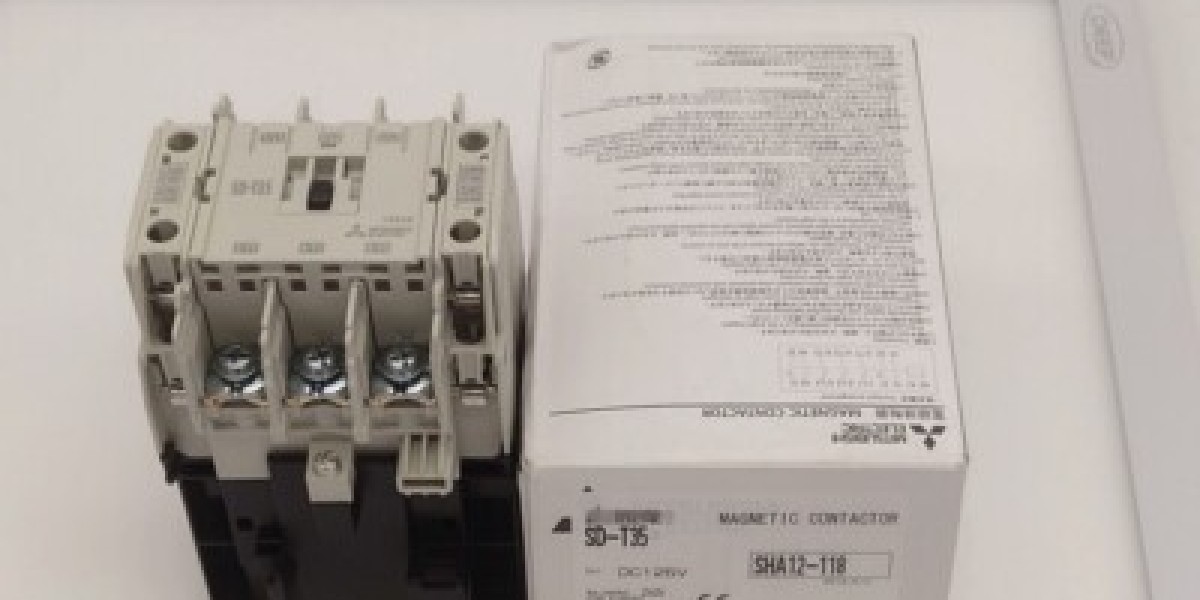Unlocking Cyber Defense Evolution Through the Endpoint Detection and Response (EDR) Market
In today’s rapidly evolving digital ecosystem, the Endpoint Detection and Response (EDR) Market stands as a powerful force against rising cybersecurity threats. As cyberattacks become more sophisticated, traditional antivirus solutions are no longer sufficient to protect modern IT infrastructures. EDR is the next evolution—focused not just on detection, but on rapid and intelligent response across all endpoint devices.
Why EDR Is More Relevant Than Ever
The proliferation of mobile devices, remote workers, and cloud-connected systems has redefined network boundaries. Each connected device acts as a potential attack vector. EDR bridges the gap by continuously monitoring endpoints, identifying anomalies, and launching automated countermeasures.
Modern EDR tools go far beyond malware detection—they understand behavior patterns, isolate compromised machines, and support in-depth threat investigations.
EDR vs. Legacy Antivirus: What’s the Difference?
While antivirus software focuses on known threats, EDR is built to:
Detect previously unseen, zero-day exploits
Provide continuous endpoint visibility
Support threat hunting and forensic investigation
Automatically contain threats before they spread
This proactive nature is crucial in today’s environment, where even small security gaps can lead to massive breaches.
Strategic Benefits for Businesses
Companies that invest in EDR tools experience:
Reduced Downtime: Faster response leads to minimized disruption
Enhanced Compliance: Meets strict standards like HIPAA, GDPR, and PCI-DSS
Lower Costs: Avoids the financial and reputational losses from breaches
Actionable Intelligence: Supports security teams with real-time threat data
EDR is not just a technical solution; it’s a strategic security asset.
Key Industries Leading the Charge
Healthcare: Guarding electronic health records (EHRs) and connected medical devices
Finance: Ensuring real-time monitoring against fraud and phishing attacks
Retail: Protecting point-of-sale systems and customer data
Technology: Enabling secure software development environments
As data becomes a business's most valuable asset, protecting endpoints becomes mission-critical.
Hardware Innovations Fueling EDR Efficiency
Semiconductor companies such as Infineon Technologies are enabling deeper endpoint security with hardware-level authentication and secure elements. These innovations support EDR platforms in achieving faster, tamper-resistant performance even on resource-constrained devices.
The Road Ahead: Smarter Integration with AI and XDR
AI-driven analytics and Extended Detection and Response (XDR) platforms are merging with EDR, creating a more holistic cybersecurity framework. By collecting data from endpoints, networks, servers, and the cloud, these integrated systems provide security teams with a unified threat picture, improving incident response times.


